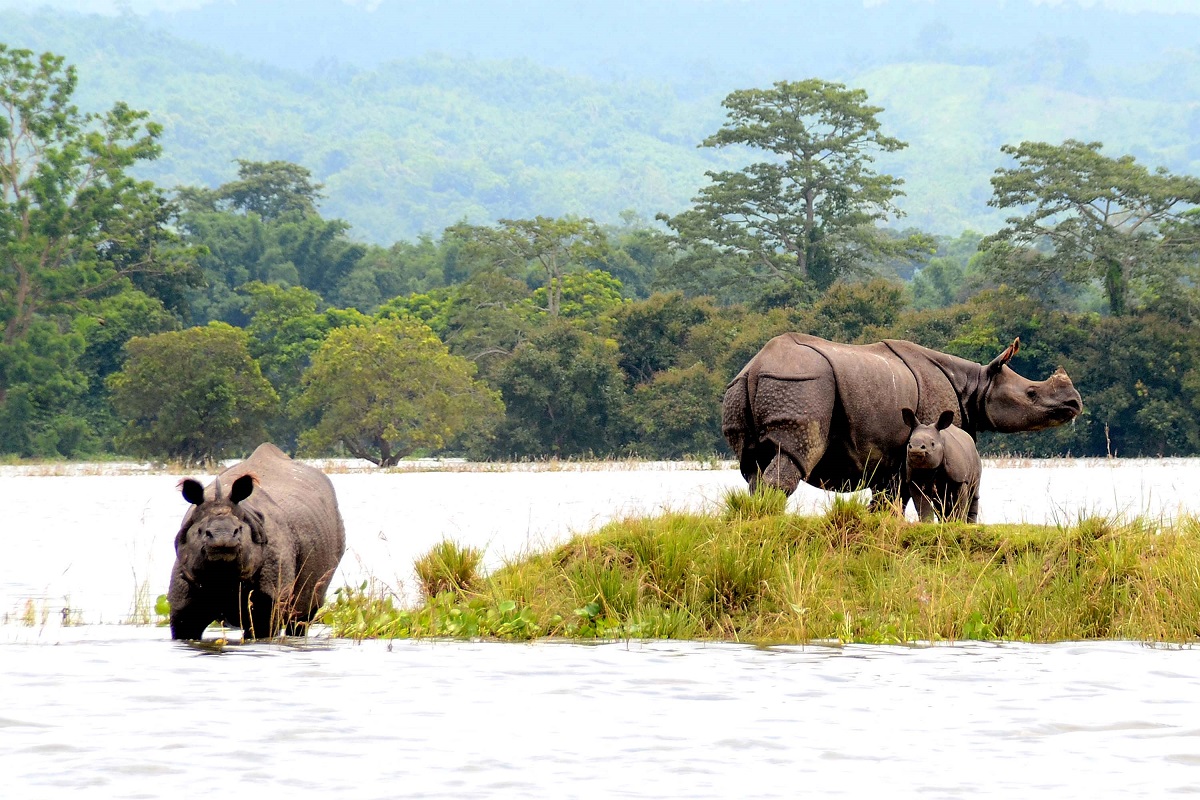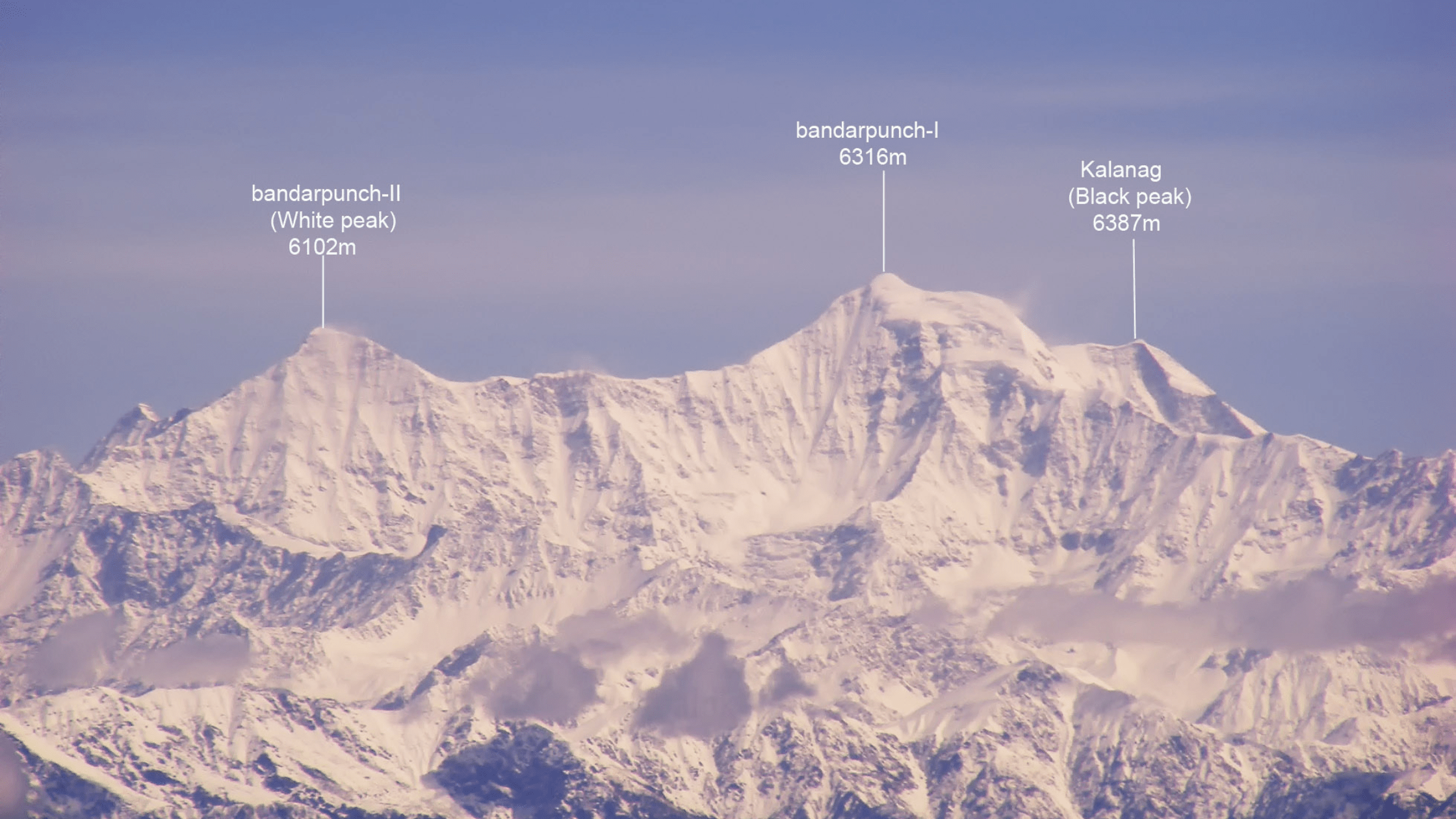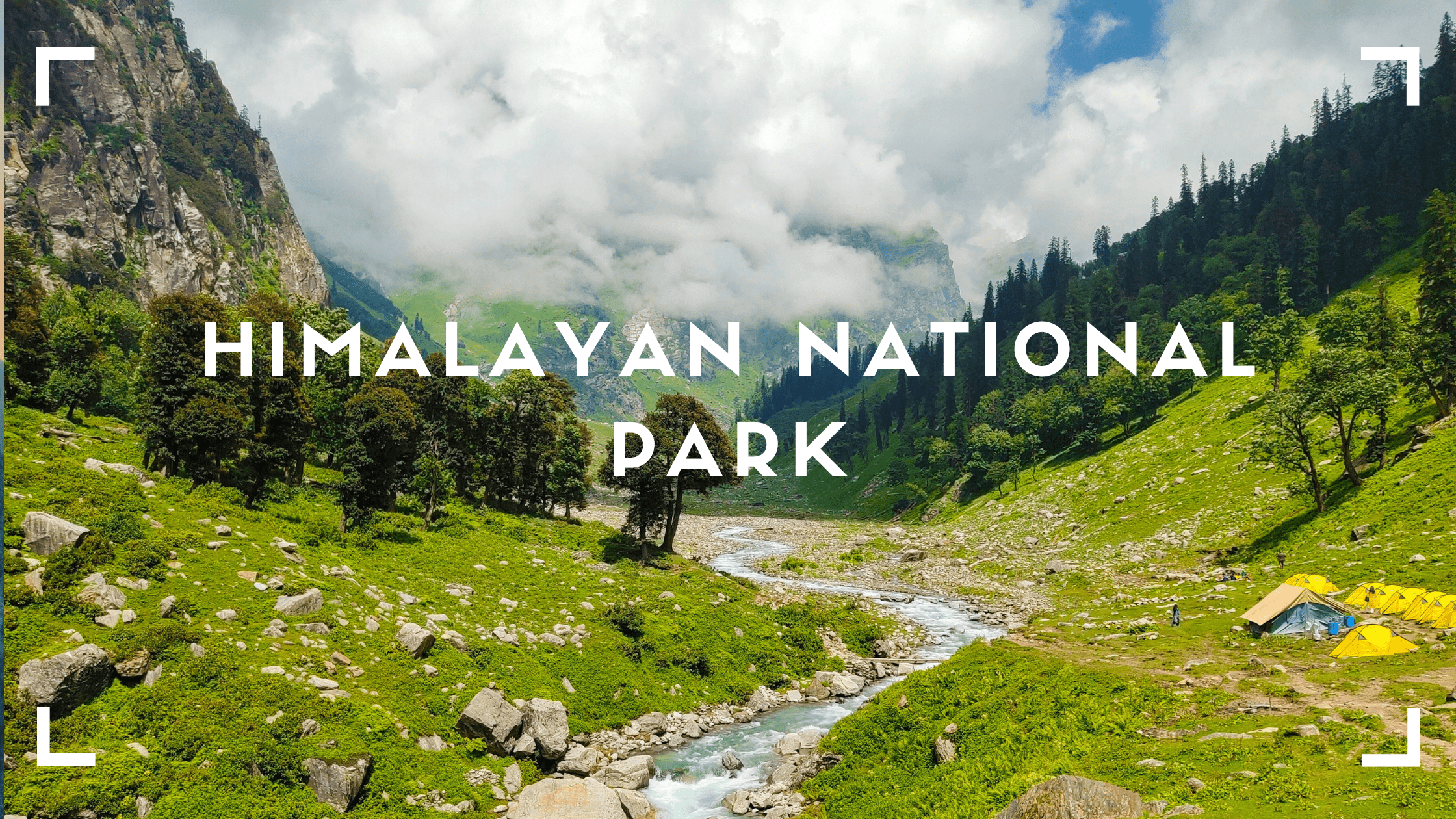Amongst the national reserve parks and forests in India exhibiting an overwhelming array of animals, birds and reptile the name of Kaziranga National Park will always be exhibited in Golden letters.
Being one of the main attractions of the state of Assam the Kaziranga National Park is an intriguing Labyrinth of wild animal. The Sanctuary has been declared as a UNESCO World Heritage site and it is known to host two-thirds of the great one horned rhinoceros in the world.
Every year the park attracts millions of tourists and visitors and wildlife lovers not only from different parts of the nation but also from the rest of the world.
Kaziranga National Park Development
If we are to delve into the history of Kaziranga we must go as back as 1904. Mary Curzon – the baroness Curzon of Kedleston and the wife of the then viceroy of India Lord Curzon of Kedleston came to this area. When she failed to see even one rhinoceros expecting which she had visited the place, she persuaded Lord Curzon, her husband, to take immediate action for protecting the endangered species. In response to this emergency Lord Curzon initiated the plan of protecting the one horned rhinoceros.
On 1st June 1905 Kaziranga was proposed as a reserve forest. It was created across an area of 232 square kilometers. In the coming 3 years the area of the reserve forest was extended by 152 square kilometers and it was extended up to the Brahmaputra river bank.
In the year 1908 Kaziranga was given the designation of a reserve forest. It was renamed Kaziranga game sanctuary in the year 1916 and retains the same name will 1938. In this year the sport of hunting for visitors was prohibited in this Park. In the year 1950 PD Stracey renamed the area of Kaziranga wildlife sanctuary. With this new name the proposition of hunting in this area came to a complete and final stop.
Kaziranga National Park Opening Time
Being a national reserve forest the timing to visit it is during the daylight hours. Visitors can enjoy both elephant safaris as well as Jeep Safari. Both the safaris are available during the morning as well as during the afternoon hours.
The morning Safari timing begins roughly from 5:30 in the morning and continues till 7:30a.m.
As far as the afternoon safari is considered, it begins from one o’clock in the afternoon and continued till 3:30 p.m.
It is a mandatory rule that you will have to leave the Jungle premises immediately before the sun set. You are not allowed to loiter in the Forest Reserve area without a guide. In case you are found to do that you will be subject to serious punishment as well as monetary fines.
Kaziranga National Park Information
Kaziranga National Park is located across three districts in Assam. They are Kaliabor, Karbi Anglong and the Golaghat district. The park is about 40 km in its length and is about 13 kilometers in its breadth. It covers an area of 378 square kilometres within which about 51 square kilometres have been lost to erosion in the last few years. About 429 square kilometers has been added to the boundaries of the park so that extended Habitat could be afforded for the growing population of the wild animal. The step was also taken to provide a safe corridor for the wild animals that passed along the Karbi Anglong Hill.
On the northern and Eastern boundaries of the part where is the Brahmaputra river and the Moral Diphlu consists of the boundary. There are other notable rivers in the park like Mora Dhansiri and Diphlu. The soil of Kaziranga happens to be quite fertile and is mainly made up of alluvial soil. It is formed by erosion and deposition brought in by the river Brahmaputra. You can also find wheel or river flattered lake. Due to the large variety of animal, birds, insects, and reptiles found in Kaziranga it is also known as a biodiversity hotspot.
Where is Kaziranga national park located & How to Reach
The best way to reach Kaziranga is to first get down at Guwahati, the capital of Assam, and then start your journey towards Kaziranga. Guwahati is connected to other parts of India through networks of Railways and flights. The capital of Assam – Guwahati, is about 200 km away from the park. Hence the Guwahati airport is the nearest airport from Kaziranga. However there is also the Jorhat airport which is about hundred kilometers from Kaziranga. The Guwahati Railway Station is once again the nearest railway station from Kaziranga National Park. You can easily find cabs from Guwahati Railway station which will take you directly to the national park. You can also travel by road to reach Kaziranga from any part of the northeast. Private buses, private taxis, cabs, rented cars, etc are available for the purpose.
Entrance Fee:
Talking about the fee and the charges required to enter the Kaziranga National Park you will have to pay under different categories like vehicle entry fee, Park entry fee, elephant safari fee, Jeep Safari fee, camera fee, fee for armed guards for the visitors on safaris etc.
The Park entry fee is about Rs. 100 for Indian Tourists and is Rs. 650 for foreigner.
The elephant safari will cost about Rs 900 for Indian tourist and Rs 1950 for foreigner.
The jeep safari fee will depend on the area you will like to travel for your Safari.
The fee for Jeep Safari differs from zone to zone of the forest. For the central range it will be about Rs 1750. Both Indian as well as foreign tourists must pay Rs 300 as road toll fee for their vehicle.
Indians must pay Rs 100 as camera fee. Foreigners must pay Rs 200 at the camera fee.
Kaziranga National Park Animals
From the very opening of the discussion it has been mentioned that Kaziranga is one of the most populous forest reserves in terms of the variety of flora and fauna. There are about 35 species of mammals out of which 15 are seriously threatened as per the records of IUCN red list. The park is well known for being the only Habitat that hosts the largest number of one horned rhinoceros, eastern swamp deer, and Asiatic Water Buffalo.
You can also find a handsome population of Indian elephants, Sambar and Gaur. You can also find animals like the wild boar, the Royal Bengal Tiger, multiple species of large cat, Indian grey Mongoose, Bengal Fox, Chinese Perret badgers, Chinese Pangolin, Sloth bear, flying squirrel. You can also find a large colony of birds, both residential and migratory.
Best time to visit kaziranga forest
The best time to visit Kaziranga National Park is between the month of November and April. Soon after April the park closes down due to the monsoon season. As compared to the other reserve forests and national parks in India, Kaziranga closes a tad earlier for safety reason. You can enjoy both Jeep Safari and elephant safari during the month of November to April. The elephant safari begins from morning 5:30 and continuous till morning 7:30. However, now a new session in the afternoon, from 3 p.m. to 6 p.m. has also begun for the section of elephant safari. Jeep Safari once again happens both in the morning and in the afternoon. In the morning at begins from morning 7 o’clock and in the afternoon it begins from afternoon 1:30. Jeep Safari happens for about 2-3 hours and the elephant safari continuous for about one to one and a half hours.
History of Kaziranga
The history of Kaziranga National Park clearly exhibit the role of British is India higher officials in preserving the natural reserves and the wildlife of India from very early times. The beginning of the discussion clearly revealed the fact that the establishment of this national park and Forest Reserve area can be credited to Mary Curzon and Lord Curzon – the then viceroy of India. This which was continued and encouraged even in the later ages and has become a mandatory rule in the contemporary times.
The name of the reserve area – Kaziranga, has been explained through various local folklores. However it is not really clear that which of these happens to be the soundest one.
Kaziranga National Park Map & Attractions nearby
Kaziranga national Park has a number of other attractions nearby to it. Once you are done with the reserve area try the following places as well, before you leave the local vicinity:
- Manas Sanctuary – This is yet again one of the wildlife reserve areas that are worth a watch. You can stay there for a couple of nights to enjoy elephant and jeep safaris.
- Majuli Island – This is the largest river island and is quite close to Kaziranga. You can also go there in steamer from Guwahati
- The city of Guwahati – Being the state capital of Assam this is a jostling city with a great modern infrastructure and super refined culture.
- Addabarie Tea estate – This is a majestic tea estate established way back on 1864 and is located near Tezpur.







